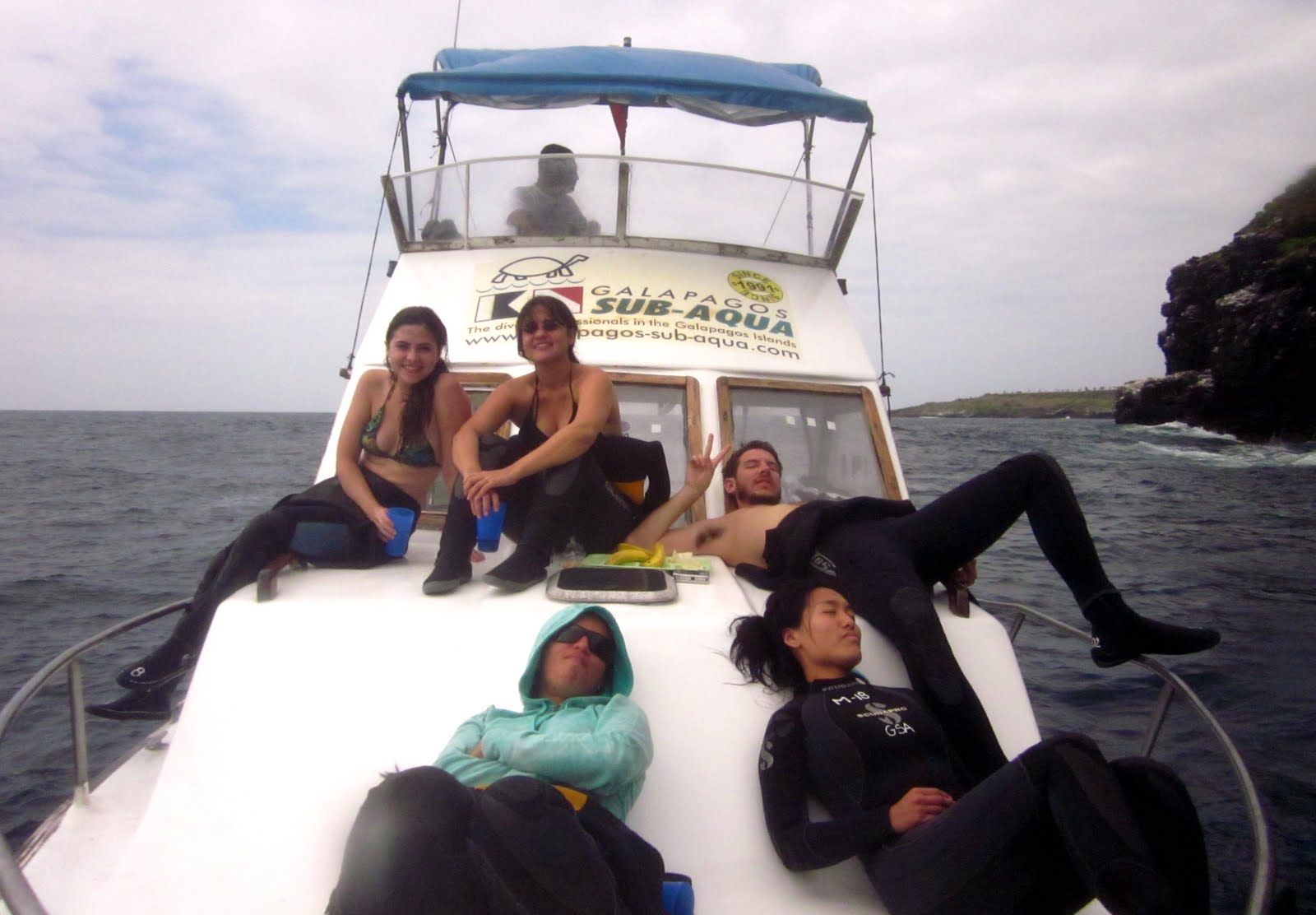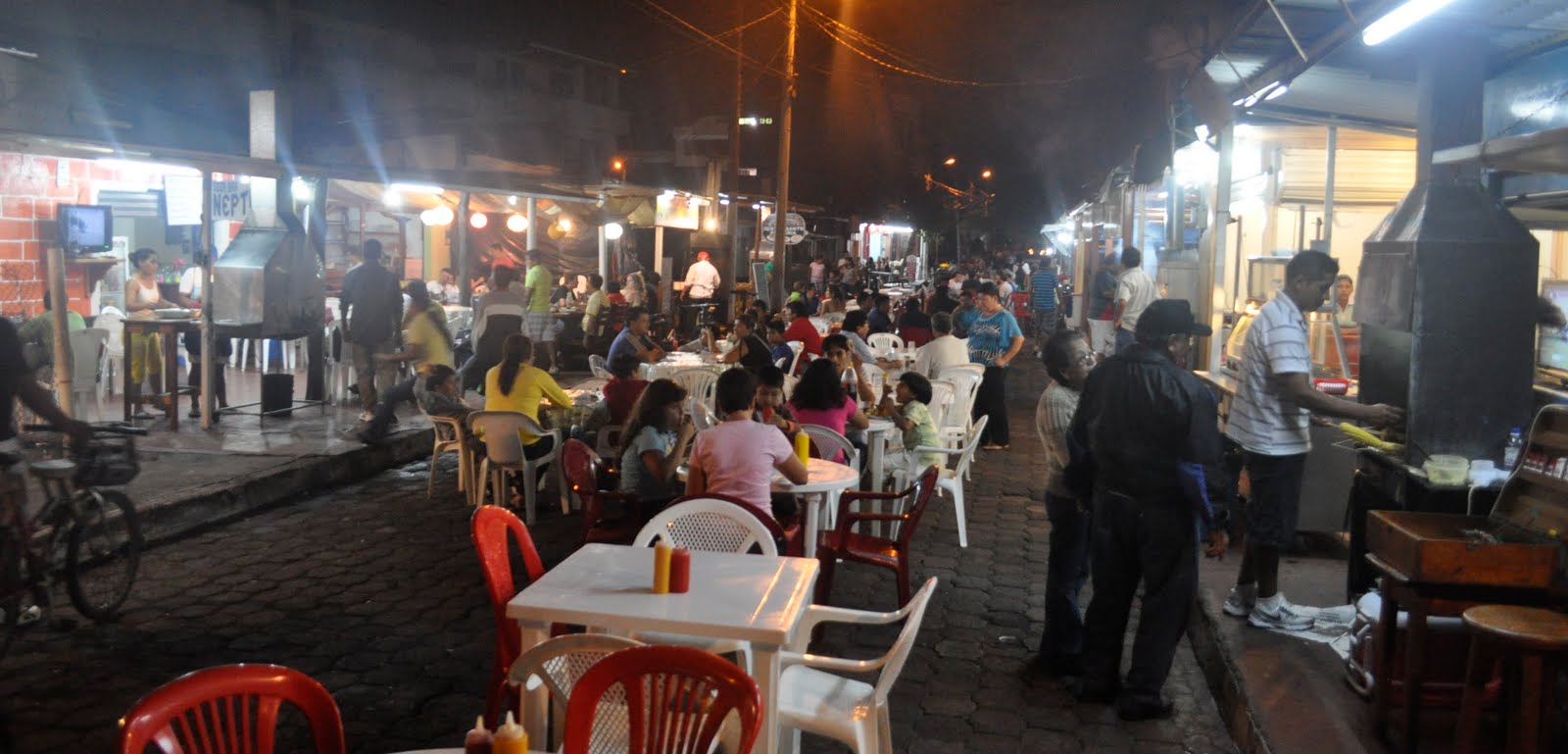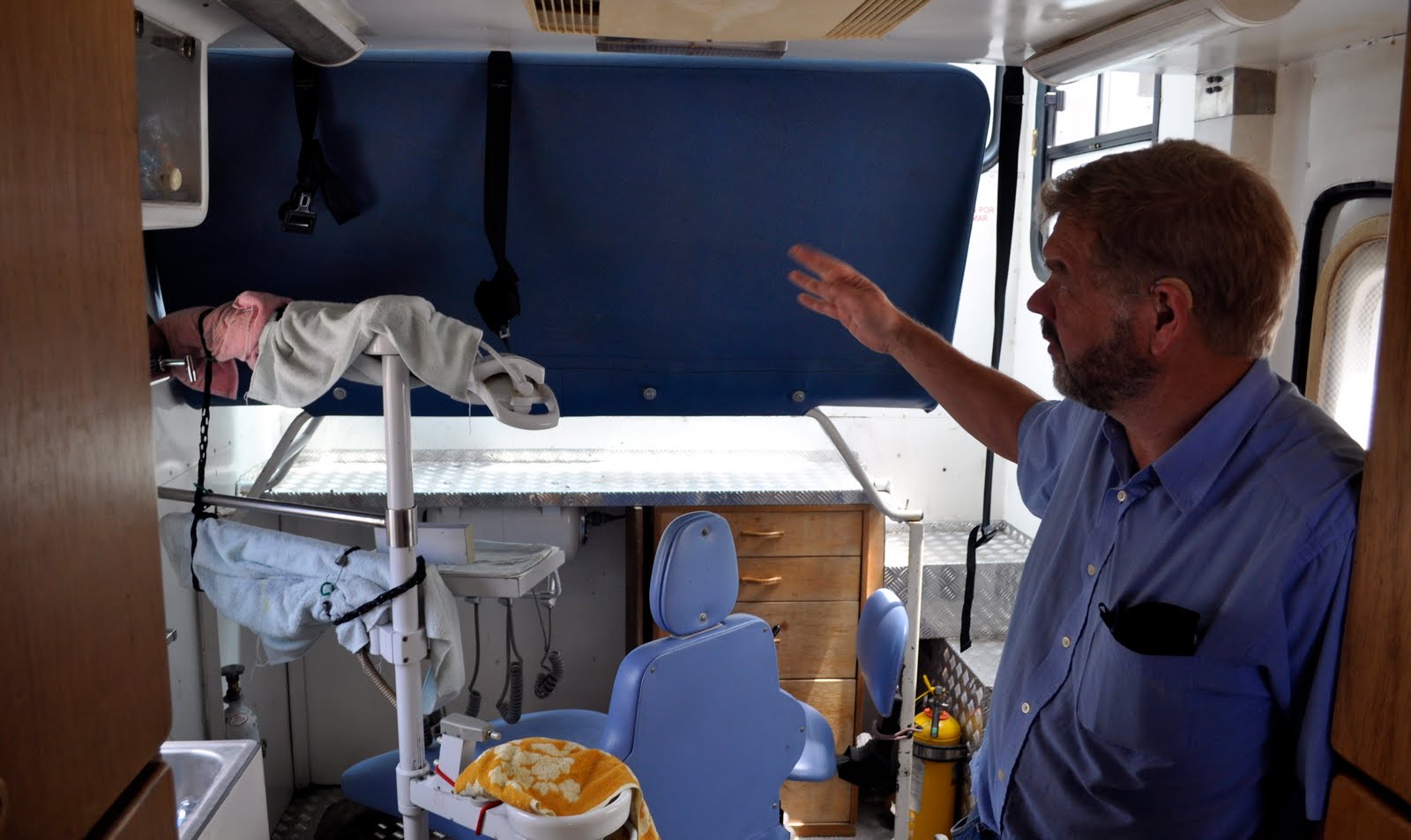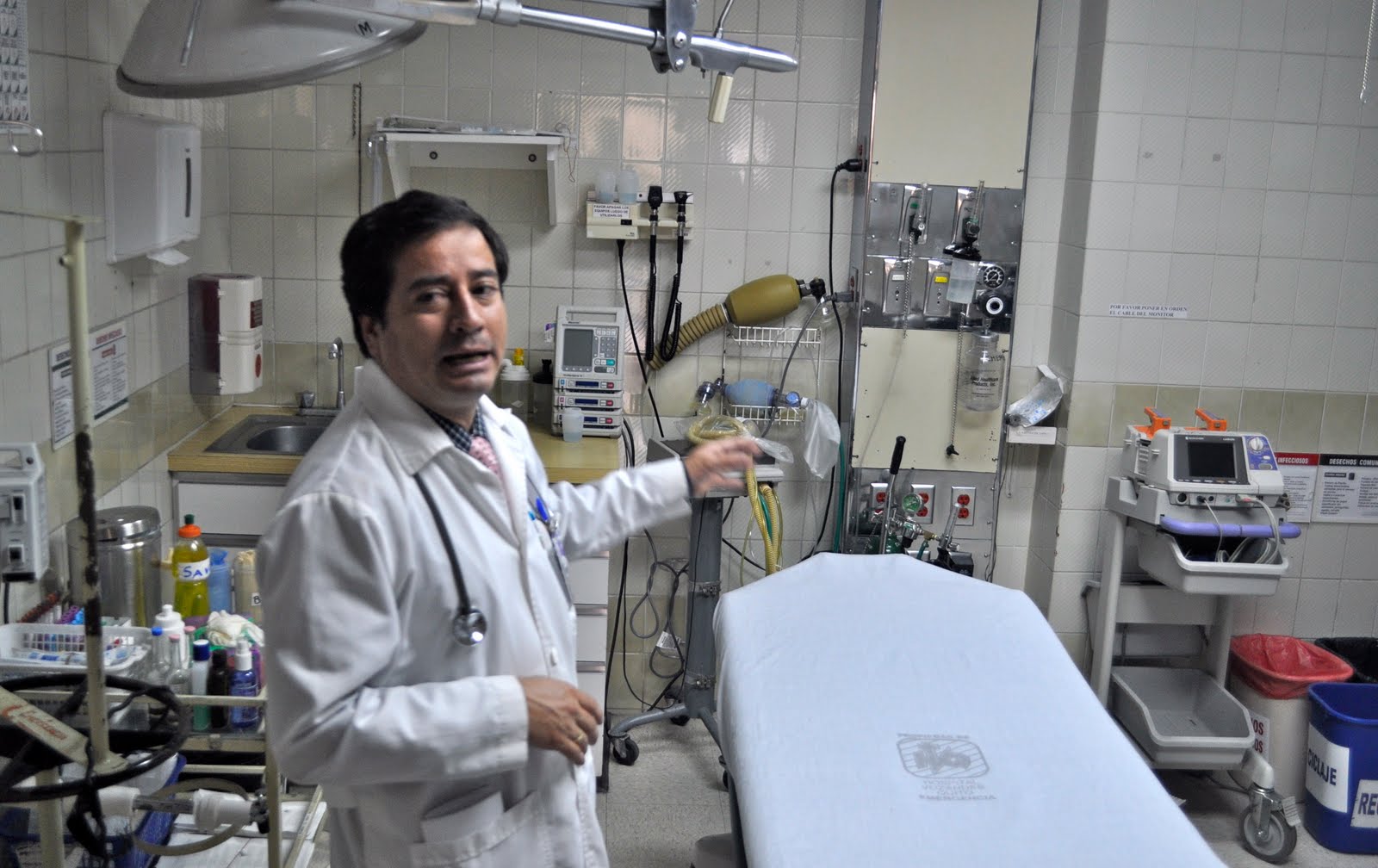IBD Ecuador: Galapagos to Quito
By: Nick Romero
Team: Andean Health & Development
Location: Pedro Vicente Maldondo, Ecuador
Hair: Unintentionally sexy
Mood: Playing hearts and drinking beers
Hello from Ecuador!
Emily Ewell, John Holgate, Eileen Chang and I have been working with Andean Health & Development, a U.S non-profit with operations in Ecuador. AHD provides sustainable health care in rural Ecuador via a hospital in Pedro Vicente Maldonado. The hospital helps bridge primary and tertiary care and is home to a resident training program that is unique given the rural setting and focus on family medicine. The program will celebrate its first graduating class this year and we have been tasked with thinking about how to advance the programs curriculum, as AHD seeks to bolster its training model.
First, some fun.
We arrived to Ecuador ahead of our project to explore the Galapagos Islands. Sitting some 600 miles off the Ecuadorian coast, the archipelago is home to a unique environment in which animals dominate both in the water and out. Eager to see some action, we opted to take a side trip on our way to the hotel from the airport to see meet some tortoises up close and personal. We were not disappointed.
After gallivanting through a series of caves, craters and vistas we reached the land reserve where these ninja turtles kept summer homes. There, we were summoned by loud grunts and the sound of grass trampled under food. Navigating our way towards the raucous, we were greeted by two turtles boinking. Yep, you read that right. Combined age, 250 years. Needless to say we took upwards of an hour of video and maybe a bajillion photos. Here’s one:
The next day we got our scuba on. While Emily and I shredded with hammerhead sharks, rays and other deadly creatures, John and Eileen chummed the water with their puke.

Downtime between chumming sessions
Quotes are always fun so here’s one a local dropped on Emily some five minutes after meeting her: “You think too much.” With our project looming it was hard not too. We headed back to Quito.

Ceviche $6, big beers $1, eating dinner twice most nights, priceless
Quito, Ecuador – Week 1
After we shook the island off us, we got down to brass tacks. Thanks to Emily and Eileen’s hard work, we had a week’s worth of meetings set up with stakeholders in the Ecuadorian health care system. After a series of meetings we realized that we were getting more data on how things worked than we had collected in the previous five months.
Given AHD’s focus on rural health, a majority of their patients either don’t have any health care whatsoever or fall under Social Security. Although President Correa has made moves towards universal health care, there are still, ah, kinks in the system. For example, our hospital is sustainable in the sense that it can cover its operating costs however, when they bill Social Security, ~60% of the time, payment can take over 9 months. This makes for some serious cash flow issues. This is primarily due to the lack of funds allocated to staffing the office that handles payments, which is a mere 27 people for the entire country. Sadly, there is not much we can do about that.
John and I spent a few days researching, and talking to, potential institutional donors. We realized right quick that there isn’t much money flowing into Latin America. Undeterred, we all of a few hot leads with ideas to gain some access to money that is earmarked for specific causes, namely maternal health.

Learning about a mobile unit used by Voz Andes, a similar program to AHD
To reward ourselves for some solid work, we did a night on the town. After a few $1 beers and fishbowls we were chanting: “Yo no quiero agua, solo quiero bebidas!” Needless to say, it was visa versa the next morning; thanks Pitbull. After a long week, it was time to say good-bye to Quito and head to the hospital in Pedro Vicente Maldonado for some primary research on secondary care…

This is not our hospital. Take note for comparison later.
—Nick Romero

